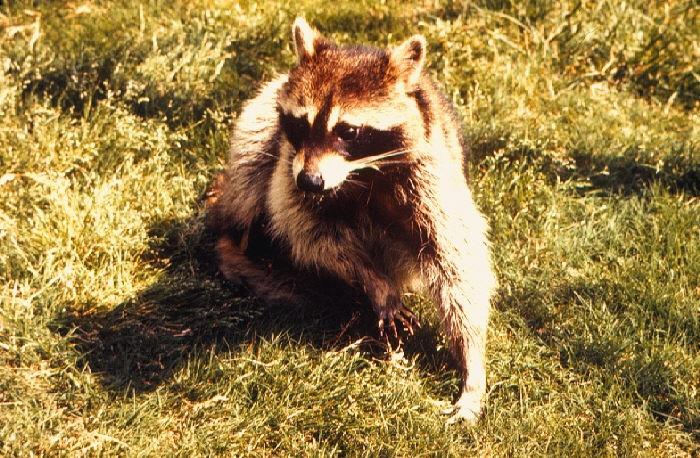Hamilton health officials have reported 17 animal rabies cases in Mar. 2016 to date, bringing the total to 65 in the city since Dec. 2015. Prior to this, the province of Ontario hasn’t seen a scourge of rabies since 2007.

The rural township of Glanbrook has seen the most animal cases at 20. While bats have accounted for nearly all rabies cases in recent years, Hamilton has seen 46 raccoon cases and 19 in skunks.
To put it in perspective, according to the Canadian Food Inspection Agency (CFIA), in 2014, 18 rabies cases were reported in Ontario, all were bats and in 2013, 28 cases which included one dog and 27 bats.
Ontario as a whole has seen 70 rabies cases–the remaining five are 4 raccoons from Haldimand-Norfolk and 1 raccoon from Niagara Region.
According to the Control of Communicable Diseases Manual, all mammals are susceptible to rabies. Raccoons, skunks, foxes, bats, dogs, coyotes and cats are the likely suspects. Other animals like otters and ferrets are also high risk. Mammals like rabbits, squirrels, rodents and opossums are rarely infected.
Rabies is spread from the saliva of an infected animal to another animal or human through a bite, a scratch or cut or contact with the moist tissue of eyes, nose or mouth.
Rabies infected animals can appear very aggressive, attacking for no reason. Some may act very tame. They may look like they are foaming at the mouth or drooling because they cannot swallow their saliva. Sometimes the animal may stagger (this can also be seen in distemper). Not long after this point they will die. Most animals can transmit rabies days before showing symptoms.
Initially, like in many diseases, the symptoms of rabies are non-specific; fever, headache and malaise. This may last several days. At the site of the bite, there may be some pain and discomfort. Symptoms then progress to more severe: confusion, delirium, abnormal behavior and hallucinations. If it gets this far, the disease is nearly 100% fatal.
The treatment for rabies is post-exposure prophylaxis, also known as PEP.
- Doctors usually give PEP shots in four visits over a two-week period.
- You should get PEP as soon as possible after exposure to rabies.
- PEP is safe and effective.
- PEP shots are free for Ontario residents.
- If you had PEP shots before, talk to your doctor to find out how many more shots you will need.
Related:


2 thoughts on “Hamilton, Canada: 17 animal rabies cases reported in March to date”